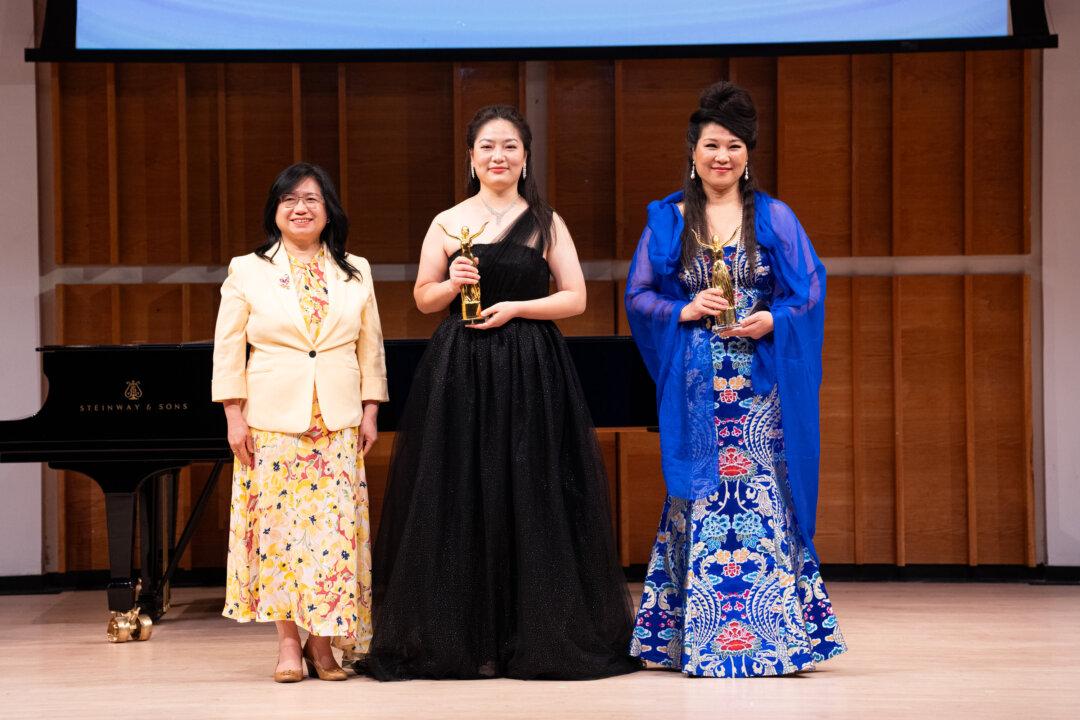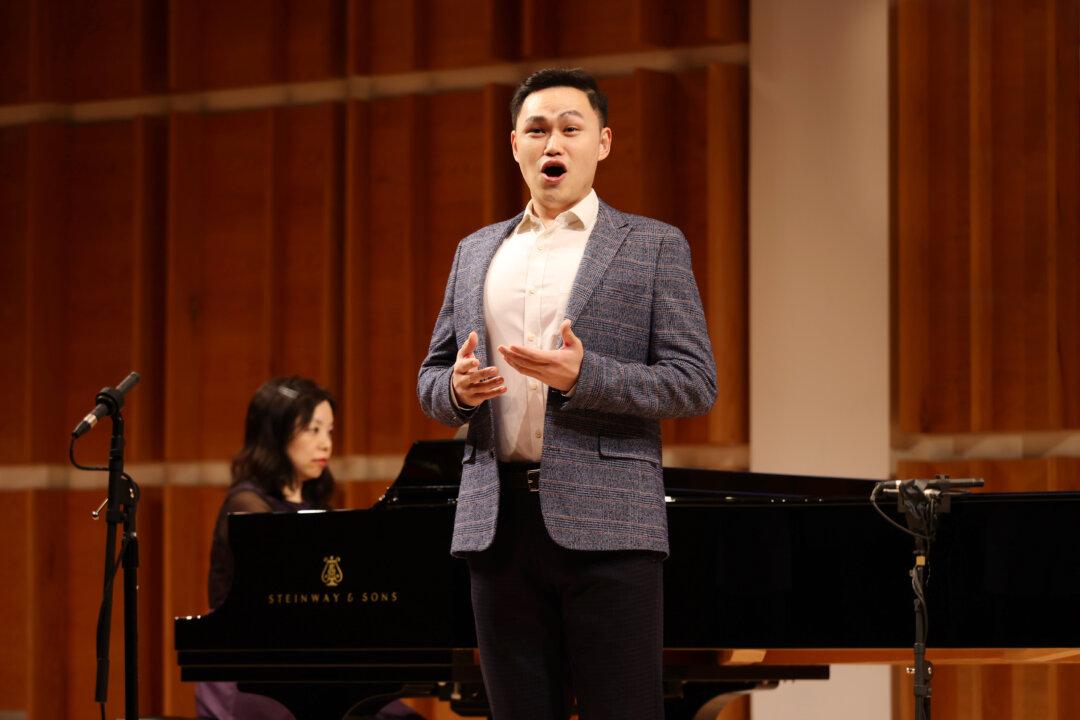Dressed in a Mandarin-collared Mao suit, Xi Jinping, the Chinese Communist Party leader and head of the armed forces, handed out military flags to the commanders of three newly formed units—an army general command, a strategic missile command, and a strategic support force.
The ceremony, held on Dec. 31, a day before the new year, marked the latest venture in a massive military restructuring project, one that Xi hinted at from a podium on the Tiananmen gate while overlooking a 12,000-strong military parade last September.
Then, Xi announced that 300,000 troops would be cut from the military. In the following months, details of the reforms have trickled out: Seven regional commands would be reorganized into five military zones, the army’s four headquarters would be reshuffled, and key personnel would be appointed.





